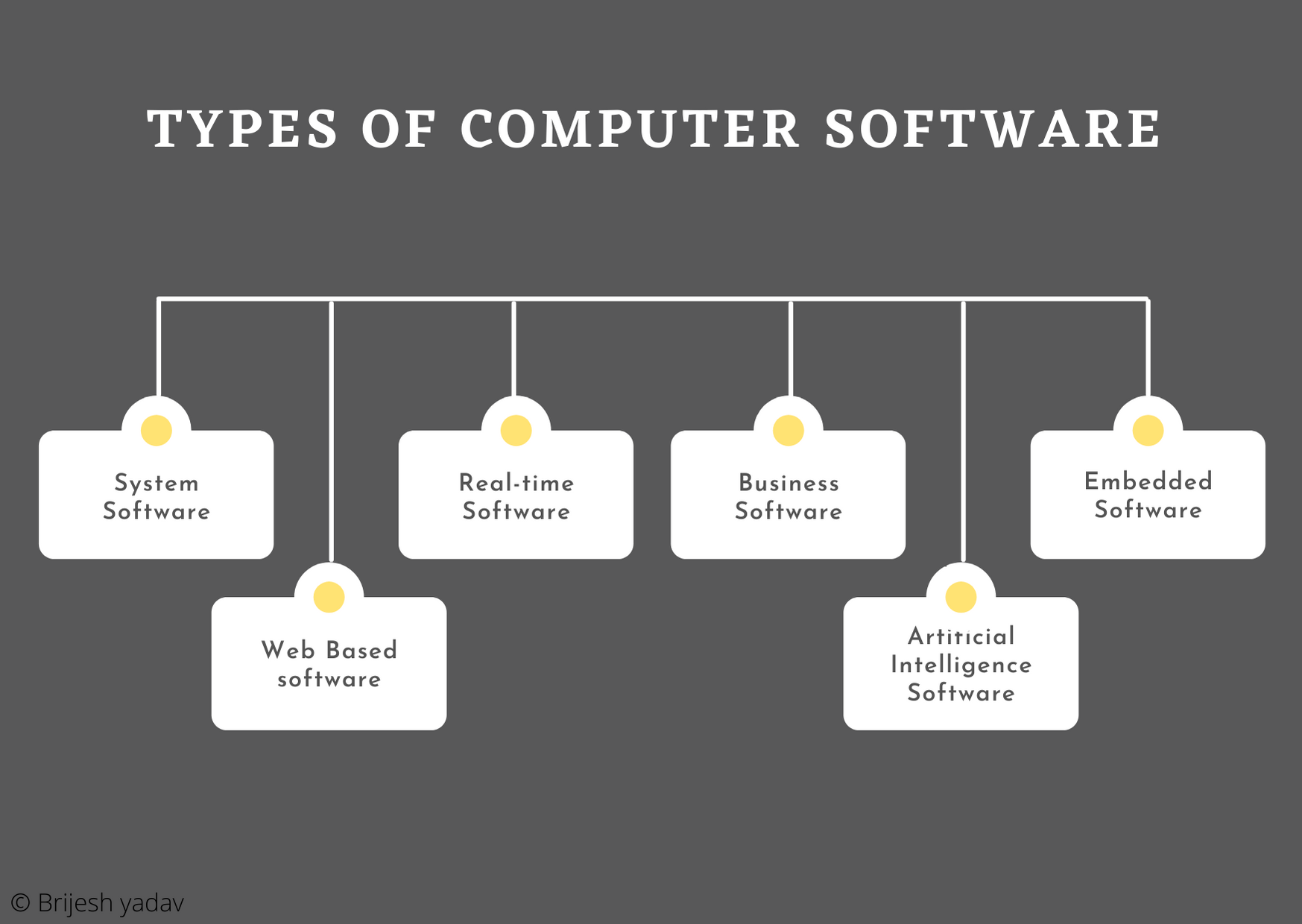What's Web Application Software?

Web application software refers to computer programs or applications that are accessed and used through a web browser over a network, typically the internet. These applications run on web servers and so are interacted with by users through web browsers, making them platform-independent and accessible from various devices.
Listed below are key characteristics and components of web application software:

Client-Side and Server-Side Components:
Web applications contain both client-side and server-side components. The client-side, also called the frontend, involves an individual interface and functionalities that run on the user's device. The server-side, or backend, handles data processing, storage, and business logic on the server.
User Interface (UI):
The UI is the visual and interactive section of the web application that users connect to. It includes elements such as for example buttons, forms, menus, and other graphical elements that facilitate user engagement.
Server-Side Logic:
The server-side logic manages the application's functionality, processes requests, and communicates with databases or other external services. Server-side scripting languages like PHP, Python, Ruby, or Node.js are generally useful for this purpose.
Databases:
Web applications often rely on databases to store and retrieve data. Databases store information such as for example user profiles, content, and application settings. Common database systems include MySQL, PostgreSQL, MongoDB, among others.
Web Servers:
Web servers host and deliver the web application to users' browsers. You can find out more , Nginx, and Microsoft Internet Information Services (IIS) are types of web server software commonly used to host web applications.
Client-Side Scripting and Programming Languages:
Client-side scripting languages such as JavaScript, along with HTML (Hypertext Markup Language) and CSS (Cascading Style Sheets), are accustomed to create dynamic and interactive user interfaces on the client's browser.
Communication Protocols:
Web applications use communication protocols like HTTP (Hypertext Transfer Protocol) or HTTPS (HTTP Secure) to enable data exchange between your client and server.
Security Measures:
Security features, such as encryption (using HTTPS), authentication, and authorization, are implemented to protect sensitive data and ensure secure communication between your client and server.
Frameworks and Libraries:
Developers often use frameworks and libraries to streamline the development process. Frameworks like React, Angular, or Vue.js are generally used for frontend development, while backend frameworks like Django (Python), Ruby on Rails (Ruby), or Express (Node.js) are employed for server-side development.
Testing and Quality Assurance:
Web applications undergo testing to make sure functionality, usability, and security. Quality assurance practices include unit testing, integration testing, and user acceptance testing.
Deployment and Hosting:
Once developed, web applications are deployed to servers and hosted to make them accessible to users. Cloud platforms, dedicated servers, or website hosting services are common deployment options.
Updates and Maintenance:
Web application software requires ongoing updates and maintenance to repair bugs, implement new features, and address security vulnerabilities. These updates could be deployed centrally on the server, ensuring consistency for several users.
Web application software serves a variety of purposes, from simple tools like online calculators to complex systems like e-commerce platforms, social media marketing networks, and collaborative productivity tools. The development and deployment of web applications have grown to be integral to modern computing, providing efficient and accessible solutions for various tasks and services.
